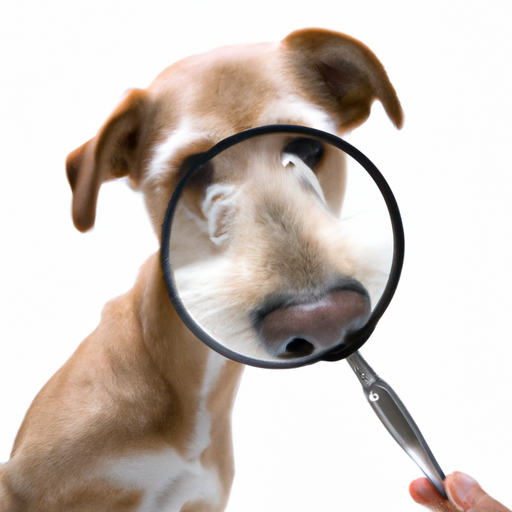Just like humans, our furry friends also lose and regrow their hair regularly. Many dog owners are familiar with the shedding of a dog’s coat, but what about their whiskers? How often do dogs shed whiskers? This article will delve into that topic, focusing on the biology of dog whiskers, the shedding process, and what you as a caregiver should know.
Table of Contents
– The Biology of Dog Whiskers
– The Shedding Process
– What Caregivers Should Know
– Frequently Asked Questions
Key Takeaways
– Dog whiskers serve a crucial role in their sensory perception.
– Whiskers shed and regrow naturally, though the frequency differs based on various factors.
– Abrupt changes in whisker shedding could signal health issues.
The Biology of Dog Whiskers
Dog whiskers, also known as vibrissae, are sensory hairs that extend beyond their regular fur. They are thicker, longer, and rooted deeper than other hairs. Their key role is to act as sensory tools, providing dogs with critical information about their surroundings. They serve a similar function to a human’s sense of touch. Detailed information about the biology of dog whiskers can be found here.
The Shedding Process
Just like other hairs on a dog’s body, whiskers also shed and regrow. However, unlike regular fur, a dog’s whiskers do not shed as frequently. The exact frequency of whisker shedding varies from dog to dog, and it can depend on factors such as breed, age, and health status. This article from Onetopdog provides more insight on the whisker shedding cycle of dogs.
What Caregivers Should Know
As a caregiver, it’s normal to observe your dog shedding a whisker now and then. However, if you notice your dog losing numerous whiskers at once or if the whiskers do not seem to be regrowing, it may be a sign of an underlying health issue. In such cases, it’s advisable to consult with a veterinarian.
Sometimes, dogs may lose whiskers due to physical interactions with their surroundings or as a result of grooming. It’s important not to trim your dog’s whiskers as it can affect their ability to navigate their environment. You can read more about the importance of a dog’s whiskers in this post.
Here are some tips for caregivers:
- Monitor your dog’s whiskers regularly. Noting any drastic changes can help detect potential health issues early.
- Never trim your dog’s whiskers. Doing so can impact their sensory perception.
- Consult with a vet if you notice excessive whisker loss. This could be a sign of health issues that require professional intervention.
Frequently Asked Questions
Q: Do all dogs shed whiskers?
A: Yes, all dogs shed their whiskers, although the frequency may vary based on different factors.
Q: What should I do if my dog is shedding a lot of whiskers?
A: If your dog is shedding an unusually high number of whiskers, it’s recommended to consult a vet to rule out any underlying health issues.
Q: Is it painful for dogs when they shed whiskers?
A: No, shedding whiskers is a natural process and does not cause pain to the dog.
Q: Can trimmed or lost whiskers regrow?
A: Yes, similar to other hairs, dog whiskers will regrow over time after being shed or cut.
In conclusion, whisker shedding is a part of a dog’s natural hair growth cycle. As a caregiver, you should keep an eye on your dog’s whiskers, and consult a vet if you notice any unusual changes. For more information on dog care, visit Onetopdog.



